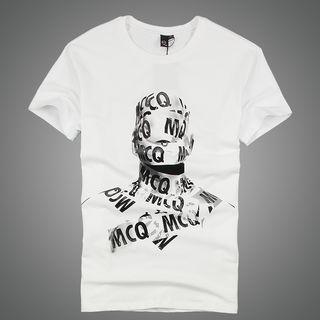Knitted clothing technology standards have both challenges and opportunities for designers. The following is an interpretation of the designer’s influence:
Challenges:
1. Technical requirements: The production process of knitted clothing is relatively complex. It involves many aspects such as fabric selection, cutting, sewing, and ironing. Designers need to understand and master relevant process standards, including textile technology, fabric properties and processing characteristics, so that these factors can be considered in the design process.
2. Restrict creativity: Process standards have certain restrictions on the production of knitted clothing, such as specified fabric density, yarn types, etc. This may limit the designer’s freedom in fabric selection and pattern design, and requires the designer to show creativity while complying with process requirements.
3. Time pressure: The production of knitted clothing usually takes a long time, including fabric preparation, sample production, mass production preparation, etc. Designers need to grasp the time node between design and production within the framework of process standards to ensure that products are completed on time.
Opportunities:
1. Improve product quality: Process standards stipulate the technical requirements and quality standards for knitted garment production, which can help design Teachers learned how to produce high-quality knitted garments. By adhering to craftsmanship standards, designers can ensure product sturdiness, comfort and appearance, enhancing brand image and user experience.
2. Optimize the production process: Process standards provide a standardized and unified set of production processes and requirements, which help optimize the production process and improve production efficiency and quality. stability. Designers can work closely with the production team according to the guidance of process standards to ensure the smooth progress of each process and reduce unnecessary errors and adjustments.
3. Broaden market prospects: Qualified knitted garment technology standards are one of the important conditions for developing international markets. Products that meet process standards can meet consumers’ quality requirements, increase export and brand competitiveness, and create more market opportunities for designers.
In summary, knitted clothing technology standards are both a challenge and an opportunity for designers. Designers need to be creative under the requirements of process standards, and at the same time strengthen cooperation with production teams and manufacturers to work together to achieve high-quality and efficient knitted garment production.






